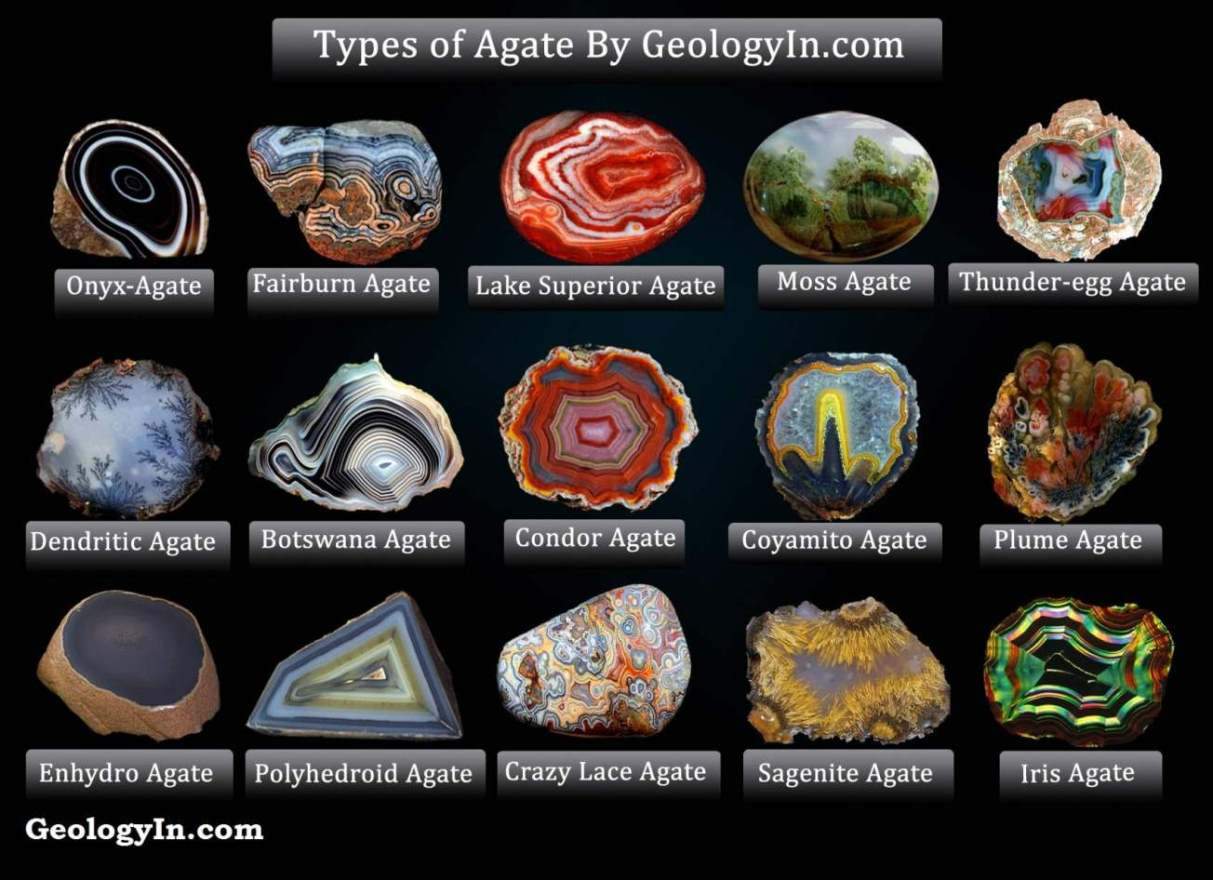The Jade Deposits in Canada
Canada is home to some of the world's largest and most important jade deposits. The majority of these deposits are found in the province of British Columbia, in the Cassiar, Lillooet, and Omineca regions. Jade is also found in the Yukon Territory and Quebec.
Jade is a commercial term encompassing green, white, black or yellow-brown material that consists either of Na-rich pyroxene (jadeite) or prismatic to acicular amphiboles of the tremolite-actinolite series that form bundles that are randomly oriented and interlocked (nephrite).
The jade deposits in Canada were formed over 150 million years ago, when volcanic eruptions deposited ash and lava flows in the area. The heat and pressure from these eruptions caused the rocks to metamorphose, creating the jade deposits we see today.
The jade found in Canada is primarily nephrite jade, which is a type of jade that is known for its toughness and durability. Nephrite jade is often used in jewelry making, as well as in carvings and other decorative objects.
Jade In British Columbia
 |
| Nephrite In British Columbia Canada |
Jade was first identified in Canada by Chinese settlers in 1886 in British Columbia. At this time jade was considered worthless as they were searching for gold. Jade was not commercialized in Canada until the 1970s. The mining business Loex James Ltd., which was started by two Californians, began commercial mining of Canadian jade in 1972.
There are over fifty known nephrite occurrences in British Columbia. These are located in the Cassiar, Cry and Dease Lake, and Mount Ogden areas, as well as in Southern British Columbia. These occurrences consist of individual blocks, boulder fields, talus blocks, and in situ occurrences. Most of the in situ occurrences are lens or cigar shaped.
They occur at or near the contacts of ultramafic/mafic rocks (mainly serpentinites) with cherts, and other metasedimentary or igneous felsic rocks of oceanic terranes such as the Cache Creek (Mississippian to Jurassic) and Slide Mountain (Devonian to Permian) terranes. These contacts are commonly interpreted as shear/fault related. In general, it is believed that the British Columbia nephrite formed by metasomatic exchange between ultramafic and silicabearing rocks. Impurities in the nephrite are spinel group minerals (chromite, magnetite, picolite), diopside, uvarovite, titanite, chlorite and talc.
Until the 1960s, almost all of the nephrite produced in British Columbia came from secondary deposits. With the rapid expansion of amateur lapidary activity after World War II, production in British Columbia’s jade fields picked up and they became the most important suppliers. About the same time, markets opened up in Germany and the Orient. Mining activity gradually depleted the secondary deposits, but increasing values led to further exploration. These efforts uncovered primary deposits adjacent to the Fraser River area in southern British Columbia, the Mount Ogden area in central British Columbia, and the Cassiar jade fields in the far north. Today, British Columbia is the main supplier for the China market.
 |
| Nephrite in British Columbia. Photo Credit: e-NetworkAssociates. com |
Jade West Group, founded in 1981, is the biggest player in green nephrite mining and trading in British Columbia. Kirk Makepeace, the company’s founder, is an avid promoter of the stone. He started with a summer job as a jade driller.
Nephrite mining in British Columbia is very challenging. Winters are long and harshly cold, and deposits are remote, so mining can only happen during the short summer season, about 60 days a year. Almost all of the secondary deposits are exhausted, so current mining is almost all from primary deposits. Transporting the heavy equipment to the mining sites is backbreaking work.
 |
| Nephrite Mined In British Columbia Canada |
Jade West uses diamond-coated circular and wire saws and modern high-pressure hydraulic splitters to remove the nephrite from the mountain and saw it into pieces of a manageable size. Nephrite’s excellent toughness makes it extremely difficult to break out of the rock. While blasting had been used in the past, Jade West no longer uses explosives.
Nephrite deposits range from 12 inches to 12 feet wide. The wider deposits are very challenging to quarry. Nephrite boulders on the surface sometimes reach weights of 200 tons and are rarely under 100 pounds, but Jade West tries to limit the weight of its boulders to five tons, which is a reasonable size for them to mine, handle, and transport on trucks to the nearest town, about 100 miles away. The average weight is two tons, a size that satisfies most of the carving factories in China.
Read also:
Cherry Blossom Stones is a Natural Wonder (Photos)
The Eight Most Incredible Fossils Preserved In Amber
Gemstone with a Spectacular Flash of Iridescent Colors!


%20(1).webp)






